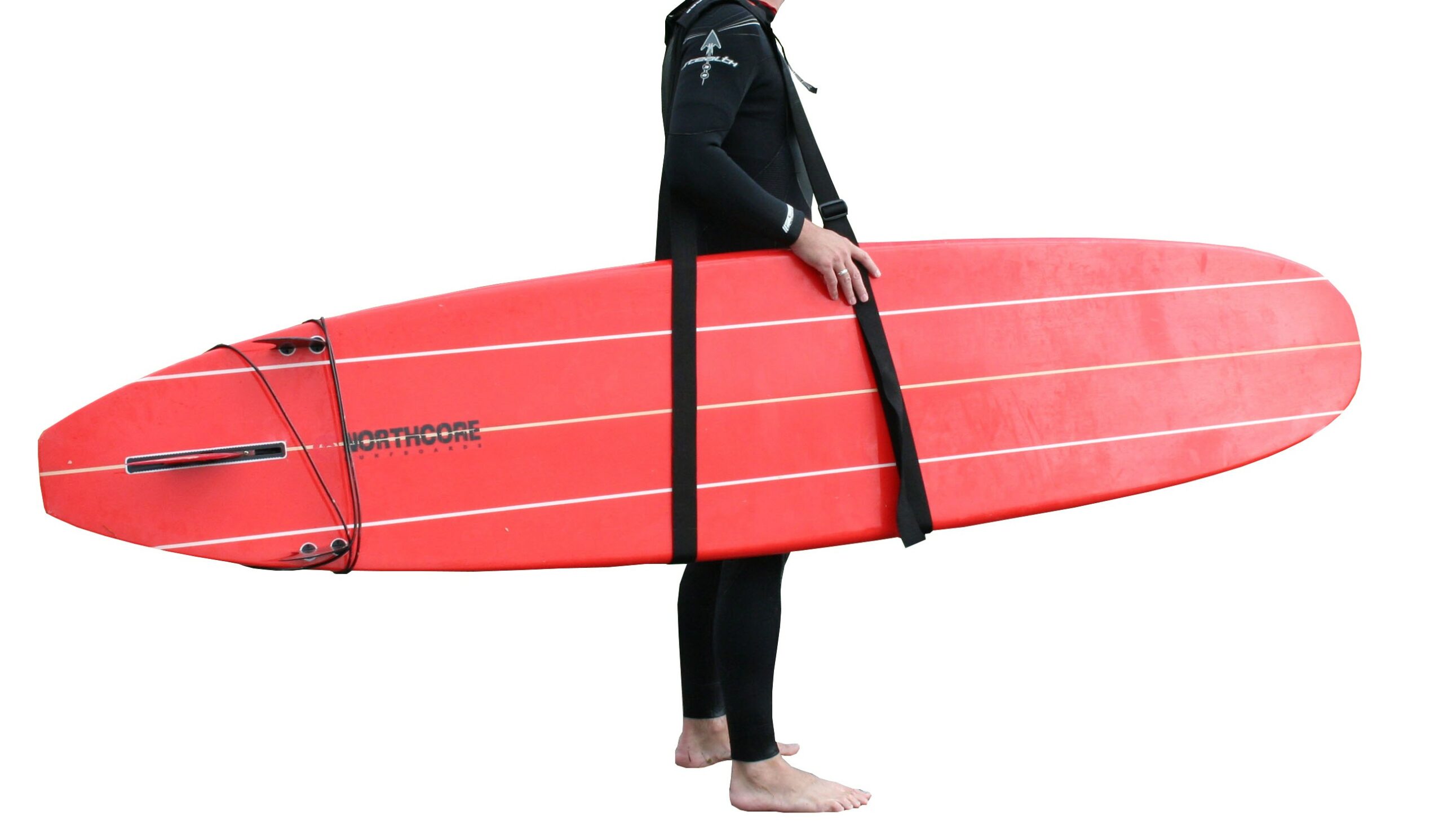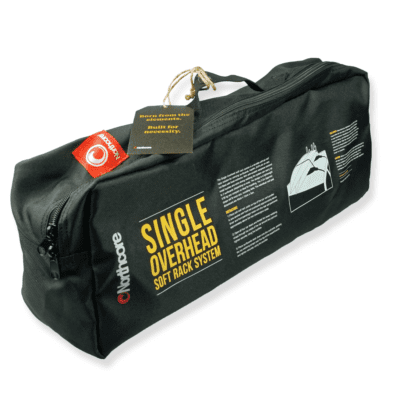Northcore
Northcore is a brand producing technical accessories and hardware for the surf, boardriding and adventure sports communities. Our roots are in hardcore cold water surfing, so every Northcore product is tough, practical, of exceptional quality and integrity. At Northcore we love to design, create and be inspired by working with the best athletes and engaging with progressive film making, music, art and photography. It’s what make us tick and it’s what makes our job a true pleasure and privilege.
The consumer culture of cheap throw away goods is damaging on so many levels. So valuing our product durability and longevity is a key element of our brand. We want to make products that have a purpose and are made to the highest quality standards with materials that, where possible, minimise the environmental impact. This way we hope that Northcore products last for many years, if not generations. It's exciting to know that one day some of our products will be handed down from parent to child and beyond. If possible repaired, not discarded. It's important to us that our products are owned and not consumed.






